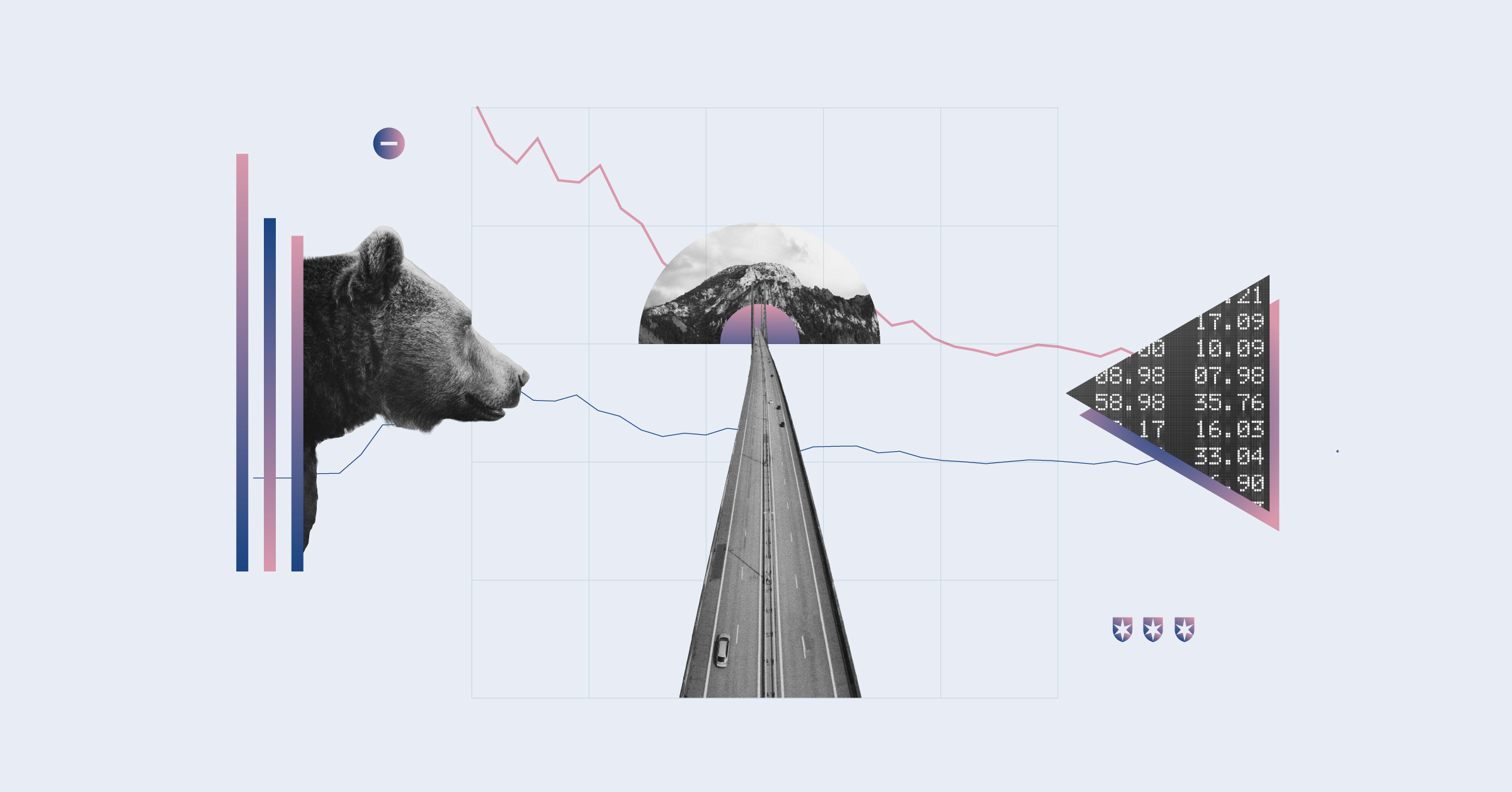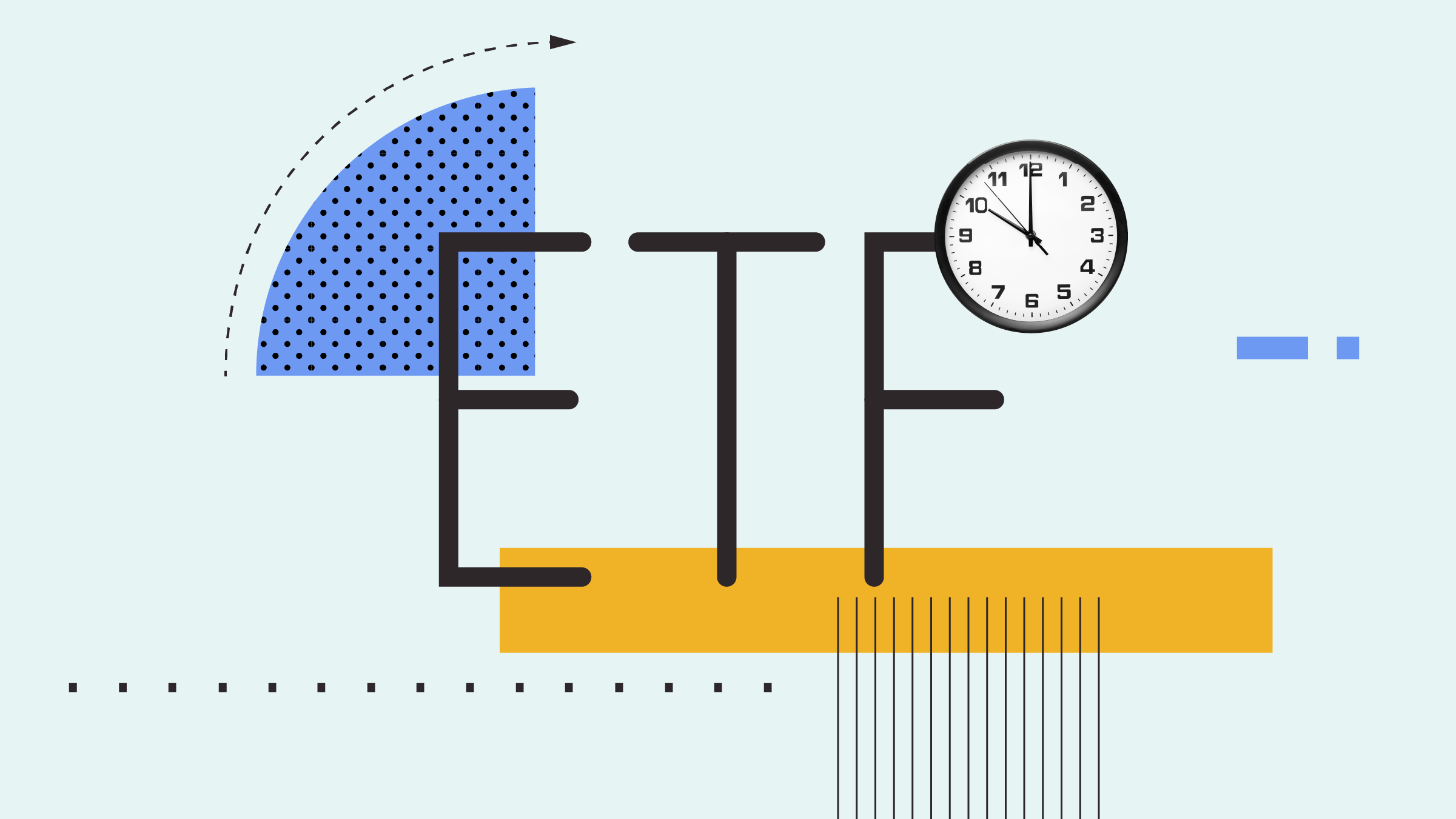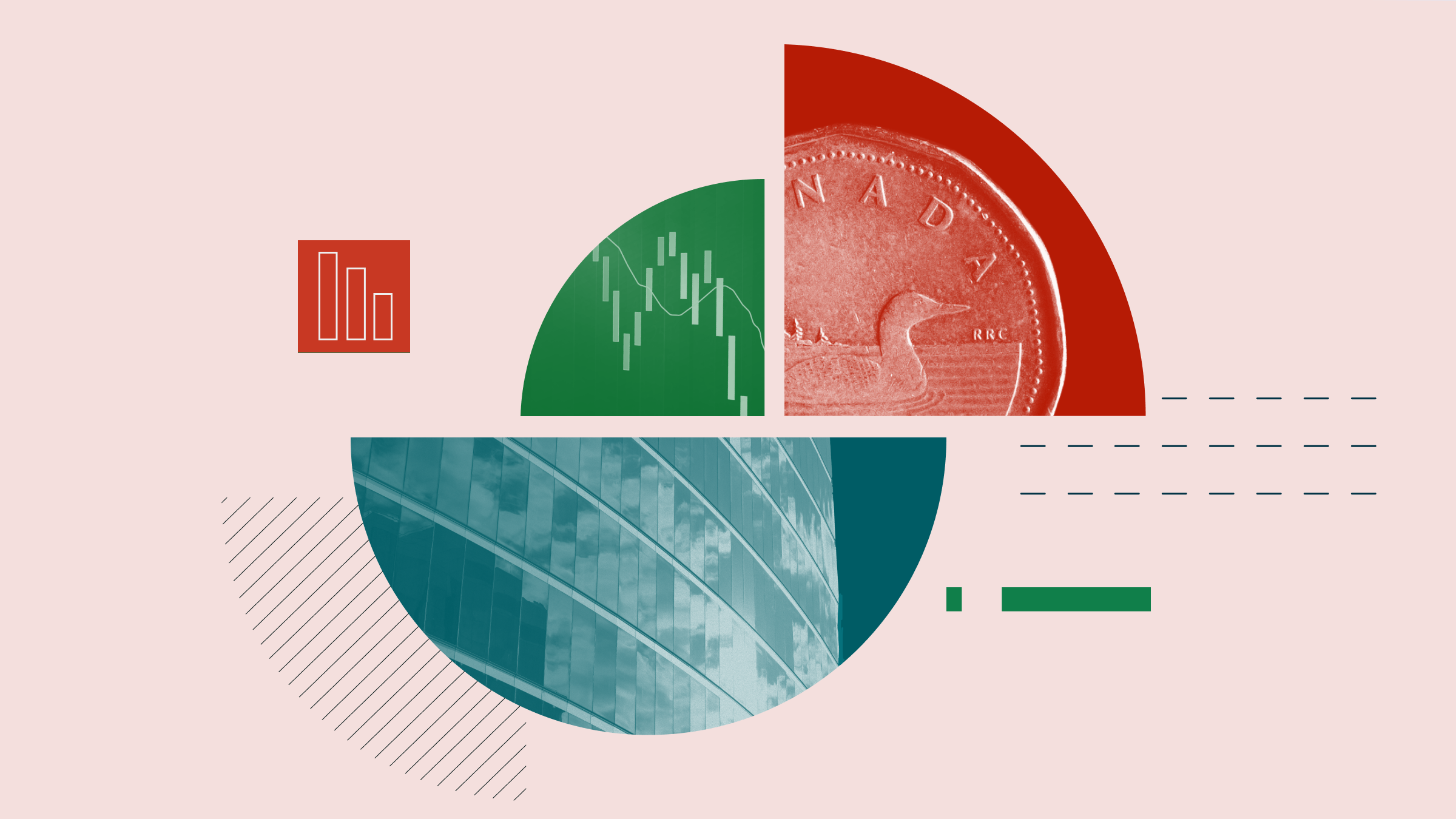
In the wake of US President Donald Trump’s trade war, stocks in Canada and around the globe have sold off sharply. Chances are you’re now seeing terms like “bear market” and “market correction” pop up with increasing frequency.
From its peak on Feb. 18, the Morningstar US Market Index and the S&P 500 have fallen nearly 20%, while their Canadian counterpart is down more than 10%—a trend echoed by Canada’s benchmark S&P/TSX Composite Index.
Matters took an especially bad turn after US President Donald Trump announced a fresh round of tariffs, prompting a swift 34% retaliatory move from China. The escalating trade war triggered a global market rout that intensified fears of a prolonged slump and brought the terms “market correction” and “bear market” into the news, as analysts and investors debate where the markets are headed.
While both terms refer to declining stock prices, they differ in severity and duration. In the following sections, we break down what they mean and look at historical context to help make sense of the current volatility.
What Is a Market Correction?
A market correction is a short-term decline of more than 10% but less than 20% from a recent peak in stock prices. The 10% threshold represents a significant downdraft. A correction can typically last from a few weeks to months, and it is often seen as a natural part of market cycles.
Corrections may occur due to short-term factors like investor sentiment or economic data, but they don’t necessarily indicate long-term problems. Since 2000, the S&P/TSX Composite Index has seen several market corrections, including the dot-com bubble in 2001, the flash crash of 2010, and one in 2018 (during US President Donald Trump’s first term) from trade war tensions.
While corrections can hurt those trying to time the market and chasing quick gains, they present potential buying opportunities for disciplined investors with longer horizons.
What Is a Bear Market?
When a market decline exceeds 20%, it enters bear territory. A bear market is a more severe and prolonged downturn wherein stock prices decline 20% or more from their peak. Bear markets can last for months or even years, and they often reflect broader economic issues, such as recessions or deeper financial crises. A bear market is accompanied by a widespread pessimism, and recovery can take a significant amount of time—considerably longer than a correction.
A bear market is declared once the stock market topples 20% or more from its previous high. However, the entire duration of decline is considered part of the period. Similarly, a bull market is officially declared when markets hit a new all-time high, but it includes the entire recovery phase from the bear market’s low point.
The chart below shows 2020’s pandemic-driven stock market decline and subsequent recovery to illustrate the timeline of a bear market.
As severe as the collapse was, the 2020 bear market lasted only a month, making it the shortest in history.
Do All Market Corrections Become Bear Markets?
Fortunately, the answer is no. Since 1974, there have been 27 market corrections, including the current one, but only six have escalated into bear markets.
Predicting these market movements and their duration is extremely difficult, even for a seasoned analyst. Market movements are influenced by a complex mix of economic data, investor sentiment, geopolitical events, and unexpected shocks, many of which are hard to predict. It’s as difficult to forecast how long a downturn could last as it is to determine if an ongoing correction could be the beginning of a bear market.
Experts caution investors against trying to time the market, advising instead to seek professional guidance during prolonged downturns and maintain a portfolio aligned with long-term goals.
The author or authors do not own shares in any securities mentioned in this article. Find out about Morningstar's editorial policies.















